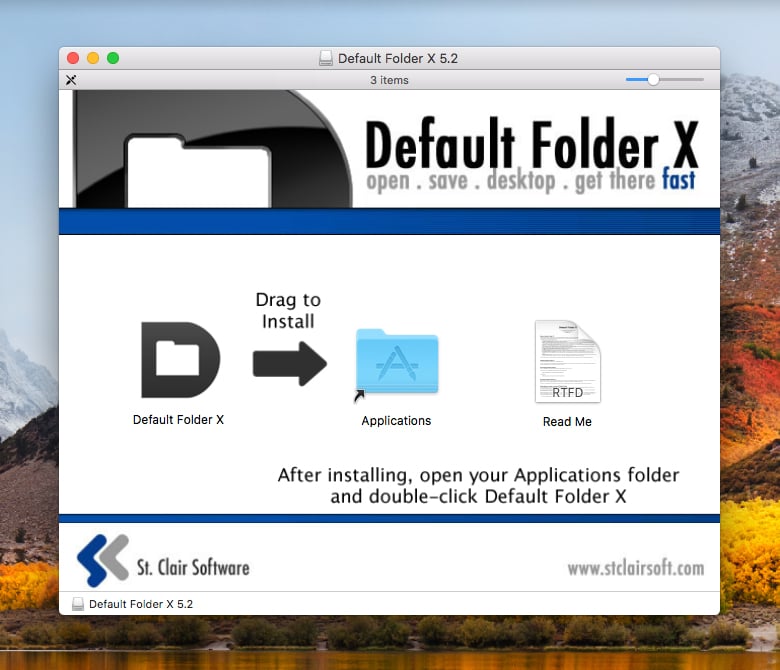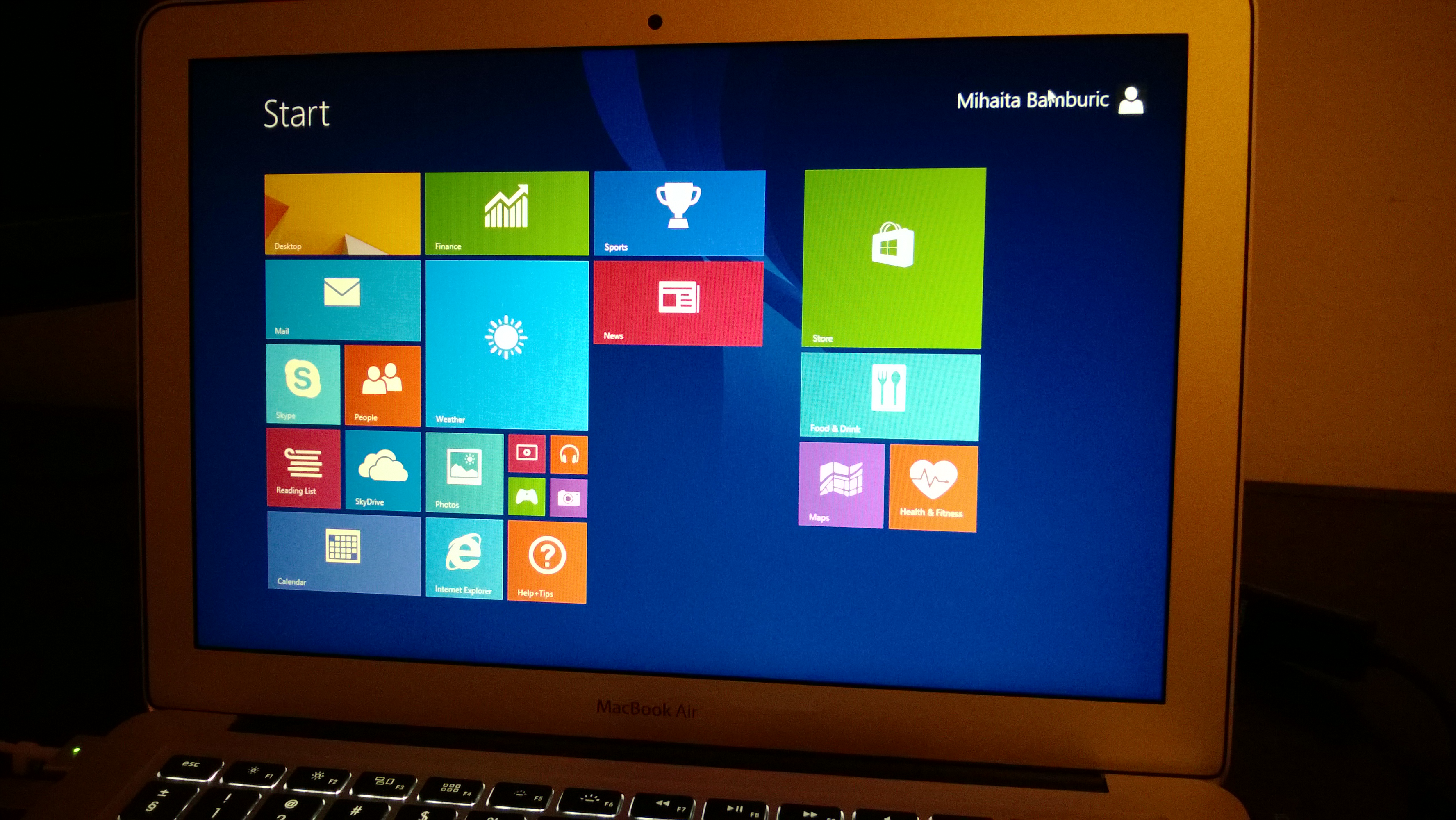Note
- Install Software On Mac
- Terminal For Mac
- Download And Install A Software In Mac Terminal Linux
- Download And Install A Software In Mac Terminal File
Using Anaconda in a commercial setting? You may need to use Anaconda Commercial Edition. If you have already purchased Commercial Edition, please proceed to the Authenticating Commercial Edition section after completing your installation here.
Haven’t purchased Commercial Edition yet? Visit https://anaconda.cloud/register to get started.
You can install Anaconda using either the graphical installer (“wizard”) or thecommand line (“manual”) instructions below. If you are unsure, choose the graphical install.
macOS graphical install¶
The installation file will download to your Mac’s Applications folder. Open the file to begin the installation, and then follow the on-screen instructions to complete the update (or rollback). Did you know you can install Mac software in the Terminal? Here's how to use Homebrew to install Mac apps easily. After you've configure a new Mac from scratch or reloaded macOS, installing a dozen or more apps is an overwhelming job. Visiting all the right websites and setting the apps up according to your needs is a hassle.
Download the graphical macOS installer for your version of Python.
RECOMMENDED: Verify data integrity with SHA-256.For more information on hashes, see What about cryptographic hash verification?
Double-click the downloaded file and click continue to start the installation.
Answer the prompts on the Introduction, Read Me, and License screens.
Click the Install button to install Anaconda in your ~/opt directory (recommended):
OR, click the Change Install Location button to install in another location (not recommended).
On the Destination Select screen, select Install for me only.
Note
If you get the error message “You cannot install Anaconda in this location,” reselect Install for me only.
Click the continue button.
Optional: To install PyCharm for Anaconda, click on the link to https://www.anaconda.com/pycharm.
Or to install Anaconda without PyCharm, click the Continue button.
A successful installation displays the following screen:
Verify your installation.
Using the command-line install¶
Use this method if you prefer to use a terminal window.
In your browser, download the command-line version of themacOS installer for your system.
RECOMMENDED: Verify data integrity with SHA-256.For more information on hash verification, see cryptographic hash validation.
Open a terminal and run the following:
Note
Replace
/path/filenamewith your installation’s path and filename.Install for Python 3.7 or 2.7:
For Python 3.7 enter the following:
For Python 2.7, open the Terminal.app or iTerm2 terminal application and then enter the following:
Note
Include the
bashcommand regardless of whether or not you are using the Bash shell.Note
Replace
~/Downloadswith your actual path andAnaconda3-2020.02-MacOSX-x86_64.shwith actual name of the file you downloaded.The installer prompts “In order to continue the installation process, please review the license agreement.”Click Enter to view the license terms.
Scroll to the bottom of the license terms and enter yes to agree to them.
The installer prompts you to Press Enter to confirm the location, Press CTRL-C to cancel the installationor specify an alternate installation directory. If you confirm the default location,it will display
PREFIX=/home/<user>/anaconda<2or3>and continue the installation.Note
Unlike the graphical install, installing the shell file will place it in ~/anaconda<2 or 3> by default,not ~/opt. This is due to limitations with installing .pkg files on macOS Catalina.
Installation may take a few minutes to complete.
Note
We recommend you accept the default install location. Do not choose the path as /usr for theAnaconda/Miniconda installation.
The installer prompts “Do you wish the installer to initialize Anaconda3by running conda init?” We recommend “yes”.
Note
If you enter “no”, then conda will not modify your shell scripts at all.In order to initialize after the installation process is done, first run
source<pathtoconda>/bin/activateand then runcondainit.Note
If you are on macOS Catalina, the new default shell is zsh.You will instead need to run
source<pathtoconda>/bin/activatefollowed bycondainitzsh.The installer displays “Thank you for installing Anaconda!”
Optional: The installer describes the partnership between Anaconda and JetBrains andprovides a link to install PyCharm for Anaconda athttps://www.anaconda.com/pycharm.
Close and open your terminal window for the Anaconda installation to take effect.
To control whether or not each shell session has the base environmentactivated or not, run
condaconfig--setauto_activate_baseFalseorTrue. To run conda from anywhere without having the base environmentactivated by default, usecondaconfig--setauto_activate_baseFalse.This only works if you have runcondainitfirst.Note
condainitis available in conda versions 4.6.12 and later.Verify your installation.
What’s next?¶
Get started programming quickly with Anaconda in the Getting started with Anaconda guide.
Mac OS X is bit different from any other operating systems out there. If you have previously used Ubuntu then you might get some similarity with that. For example, you can install applications using Terminal in Mac and Ubuntu.
Using the Terminal in order to use install apps in Mac is pretty difficult when you are not familiar with this. But if you still have to install something using Terminal to know how the entire process works, GetMacApps would help you a lot.
Introducing GetMacApps:
This is a brilliant website that provides Terminal command to get everything done within moments. Although the number of available applications is limited and the number is pretty low but all useful and the most essential Mac apps are available to download.
You will get the following apps:-
- Chrome
- Firefox
- NetNewsWire
- Unison 2
- LibreOffice
- OpenOffice
- Skim
- Skitch
- aText
- Calibre
- Skype
- Thunderbird
- Handbrake
- VLC Player
- Audacity
- Gimp
- Last.fm Scrobbler
- Inkscape
- Transmission
- FileZilla
- Cyberduck
- Transmit
- Sequel Pro
- Souce Tree
- GitHub
- CodeKit
- Tower
- Postgres.app
- Coda
- TestWrangler
- Caffeine
- Iterm 2
- Flux
- Grand Persepective
- Coconut
- Battery
- 1Password
- TinyGrab
- Alfred
- Synergy
- Quicksilver
- Notational Velocity
- Carbon Copy Cloner
- The Unarchiver
- Path Finder 6
Install Software On Mac

So, you have seen that the list is pretty huge at all – almost 50 apps.
How to use GetMacApps to install apps using Terminal?
The overall process is very simple and not yet much time consuming. At first, go to the website of GetMacApps and choose app(s) that you would like to install.
After that, scroll down and click the “Install These!” button.
You will get a Terminal command that you have to copy.
Now open Terminal and paste the command and hit enter.
You will get a screen something like the following picture;

Terminal For Mac
It indicates that your app is being installed. It doesn’t take a long time to complete the whole process – generally it takes few seconds more than regular installation.
That’s it! Hope this trick will help you. If you have any other question, feel free and do ask me anytime.
Feel Free to share your thoughts in the comment section below.

Download And Install A Software In Mac Terminal Linux
Download And Install A Software In Mac Terminal File
Don't forget to follow us on Twitter, like our Facebook Fan Page and Add us to your circles on Google+ to keep you updated with the latest technology news, gadget reviews, launches around the world and much more